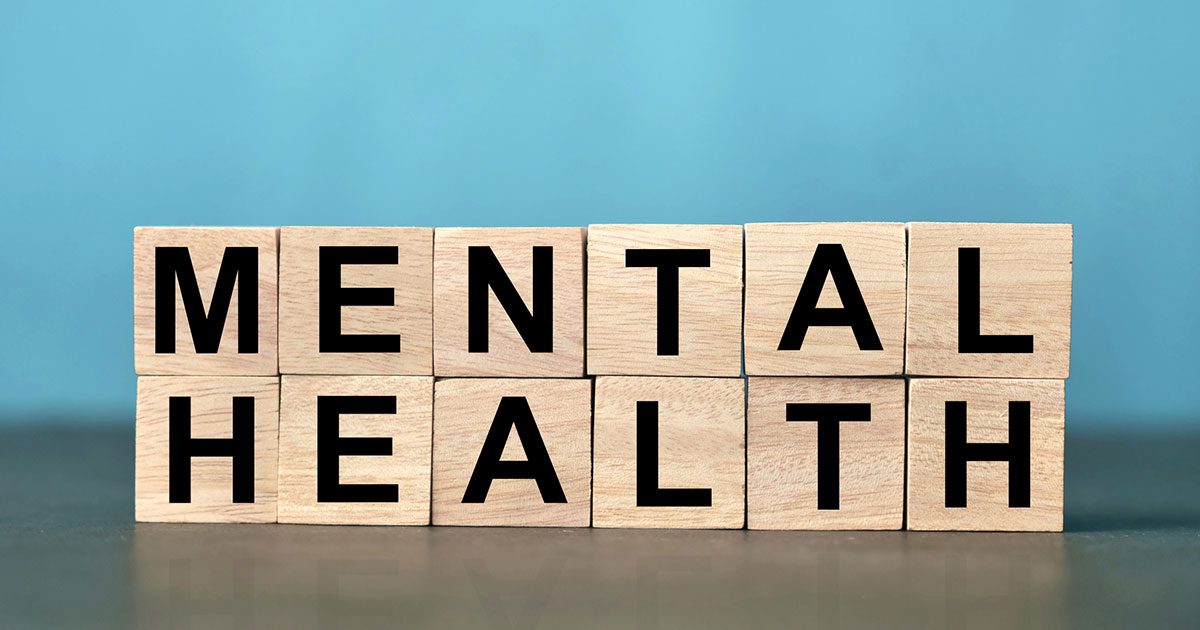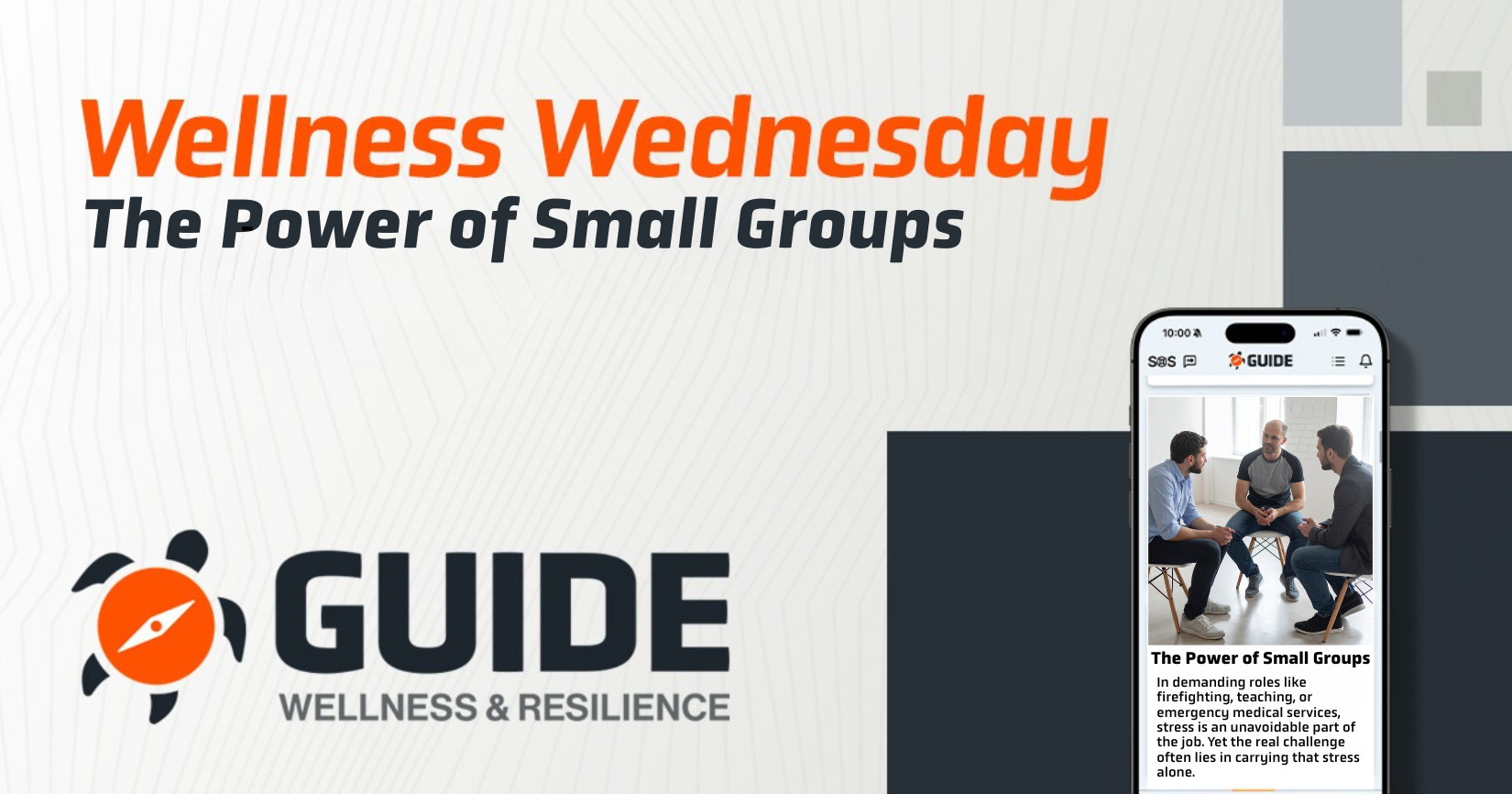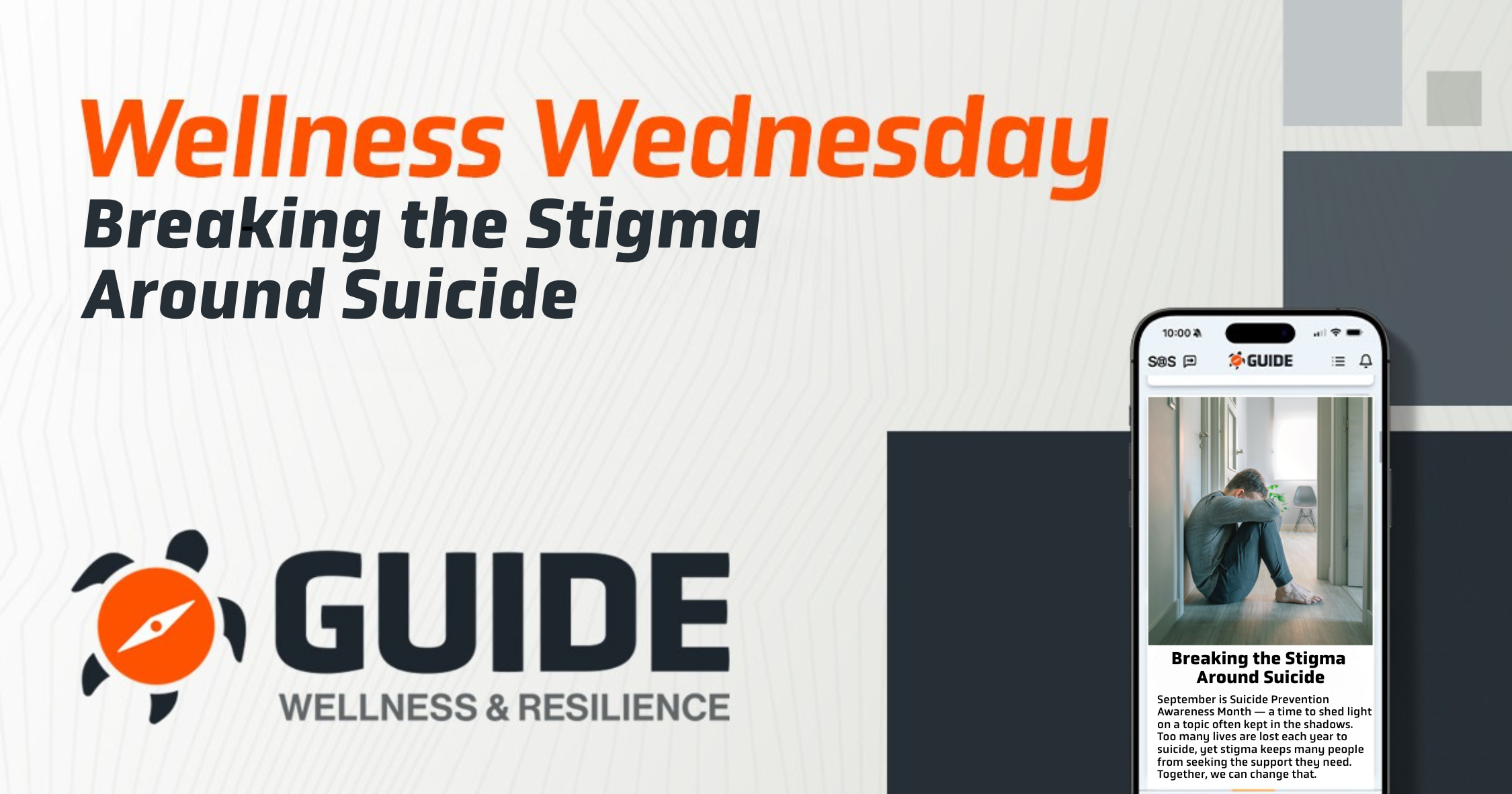Mental health awareness and treatment have been rising steadily in recent years, as demonstrated by the recent report from KFF (Kaiser Family Foundation). The study, “Exploring the Rise in Mental Health Care Use by Demographics and Insurance Status,” highlights several important trends in mental health treatment in the United States, including increased mental health service utilization and the disparities that exist across different demographics. This brings to light the ongoing barriers to mental health care and how critical it is to find effective solutions that can address these challenges.
Key Takeaways from the KFF Study
The KFF study analyzed mental health service utilization from 2019 to 2022, revealing a notable increase in the number of people receiving mental health treatment. In 2022, 23% of adults reported receiving mental health care, either through counseling or prescription medication, up from 19% in 2019. This shift is a positive sign that more individuals are seeking help for their mental health, but it also underscores that significant gaps remain, particularly among underserved populations.
One key demographic showing an increase in mental health treatment is young adults aged 18-26. In 2022, 26% of young adults sought mental health services, a 45% increase from 2019. Despite this encouraging trend, barriers like cost, transitioning from pediatric to adult care, and limited access to mental health services in college settings still prevent many young people from receiving the help they need.
The study also revealed differences in mental health care utilization by gender, with 29% of women receiving mental health treatment in 2022 compared to only 17% of men. This discrepancy suggests that men may face additional barriers, including stigma, lack of insurance, and less access to a usual source of care, all of which hinder their ability to seek help.
Additionally, disparities in mental health care persist across racial and ethnic groups. White adults had the highest utilization of mental health services (28%), while Asian adults had the lowest (9%). The report attributes this disparity to factors such as cultural attitudes, stigma, and a lack of diverse mental health care providers. These factors are significant barriers for many Hispanic, Black, and Asian adults seeking mental health care.
The GUIDE App’s Approach to Addressing Mental Health Challenges
The GUIDE App recognizes the importance of making mental health care accessible to everyone, regardless of their demographic background or insurance status. We understand that the barriers to accessing mental health care, including cost, stigma, and lack of culturally informed providers, can prevent many individuals from getting the help they need.
That’s why The GUIDE App is designed to break down these barriers by offering a user-friendly, accessible platform that supports individuals wherever they are. Our app is based on evidence-driven practices that aim to improve mental health, emotional resilience, and overall well-being through daily microlearning, peer support groups, and self-guided practices like meditation and journaling.
The GUIDE App also provides:
- Anonymity: We recognize that stigma is one of the largest barriers to mental health care, particularly for men and certain minority communities. Our app allows users to participate anonymously, giving them a safe space to seek help without fear of judgment.
- Accessibility: The GUIDE App makes mental health care accessible at any time and from any place, removing the limitations often posed by geographic location or insurance coverage. We help users connect to support and tools that meet their mental health needs.
- Customizable Support: Every user is different, and so are their mental health needs. The GUIDE App provides personalized support based on each user’s goals, ensuring they get the right tools and resources to foster their well-being.
- Support Across Communities: For minority communities facing cultural barriers to mental health care, The GUIDE App aims to provide solutions that are sensitive to cultural needs and offer support that is inclusive and understanding of diverse backgrounds.
How The GUIDE App Can Help Based on the KFF Findings
The rise in mental health care utilization is a sign that awareness is growing. However, the KFF findings make it clear that there are still significant gaps, especially for young adults, men, and minority populations. The GUIDE App is here to address these challenges head-on by providing a platform that meets the needs of all users—no matter their background, insurance status, or location.
By fostering resilience, promoting daily mental health practices, and building a supportive community, The GUIDE App seeks to fill the gaps left by traditional mental health care systems. We aim to reduce the stigma around mental health treatment, improve access to care, and create a space where everyone can find the support they need.
The KFF study shines a light on the progress that has been made in mental health care utilization, but it also highlights the critical work that remains. The GUIDE App is committed to helping bridge the gap in mental health services by offering a flexible, accessible, and stigma-free platform that caters to all individuals seeking mental health care. As more people recognize the importance of mental health, The GUIDE App stands ready to support them on their journey to wellness.




